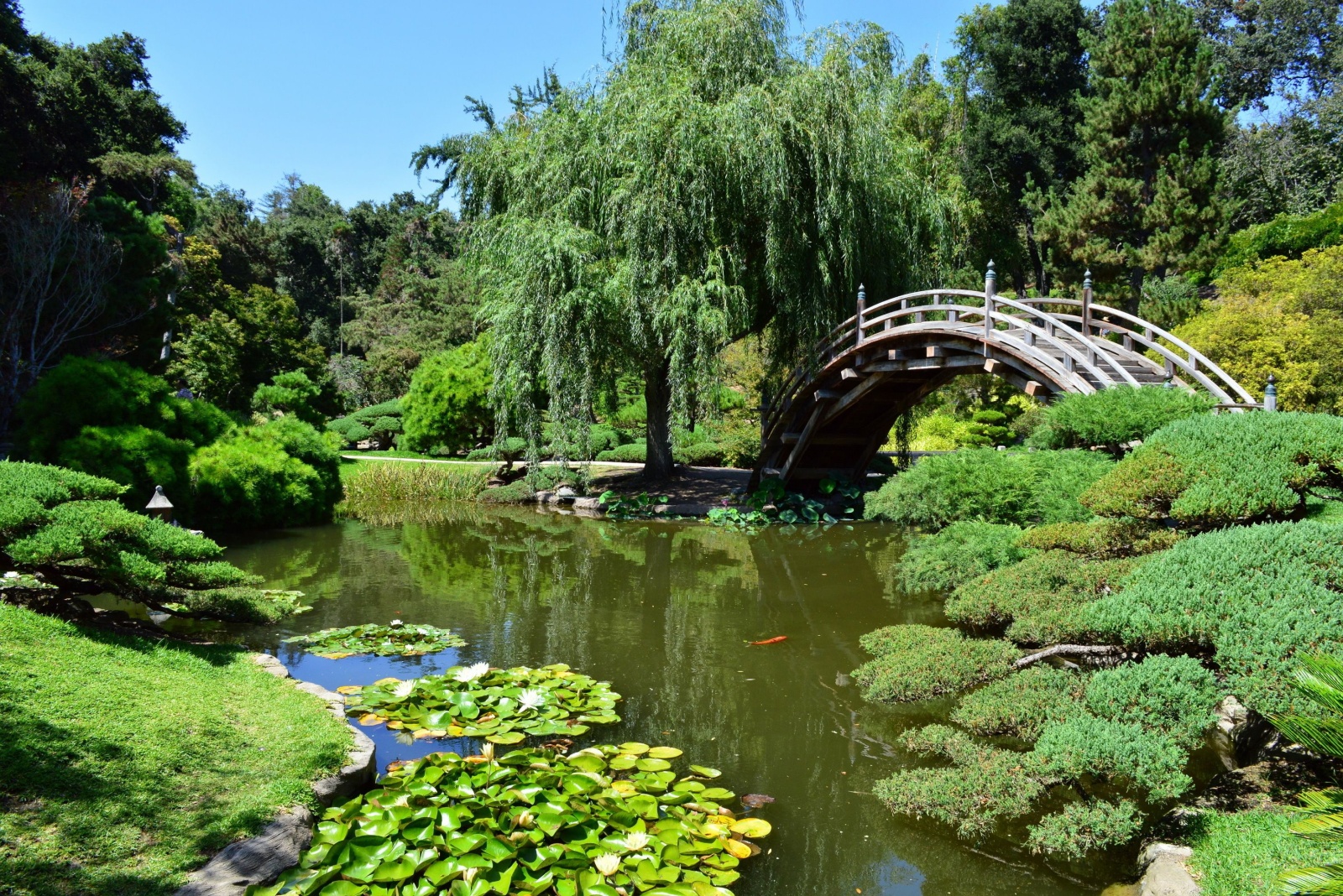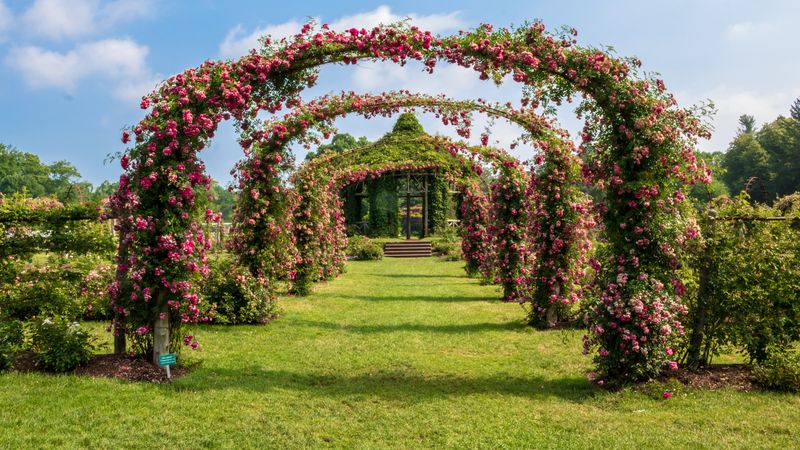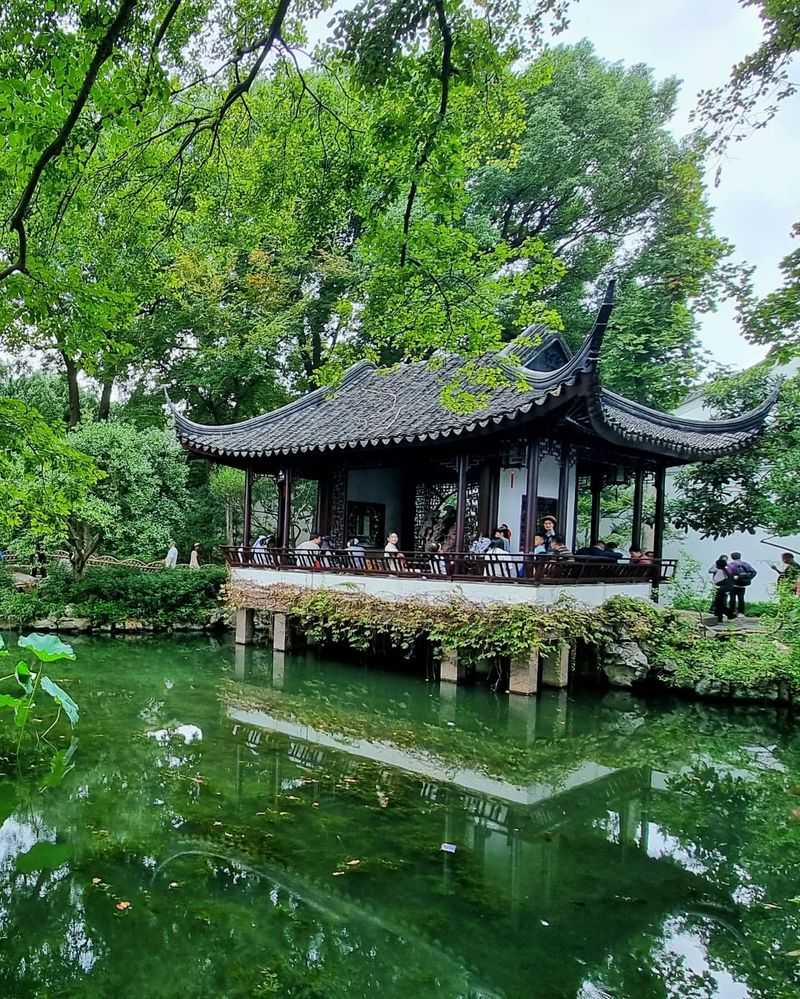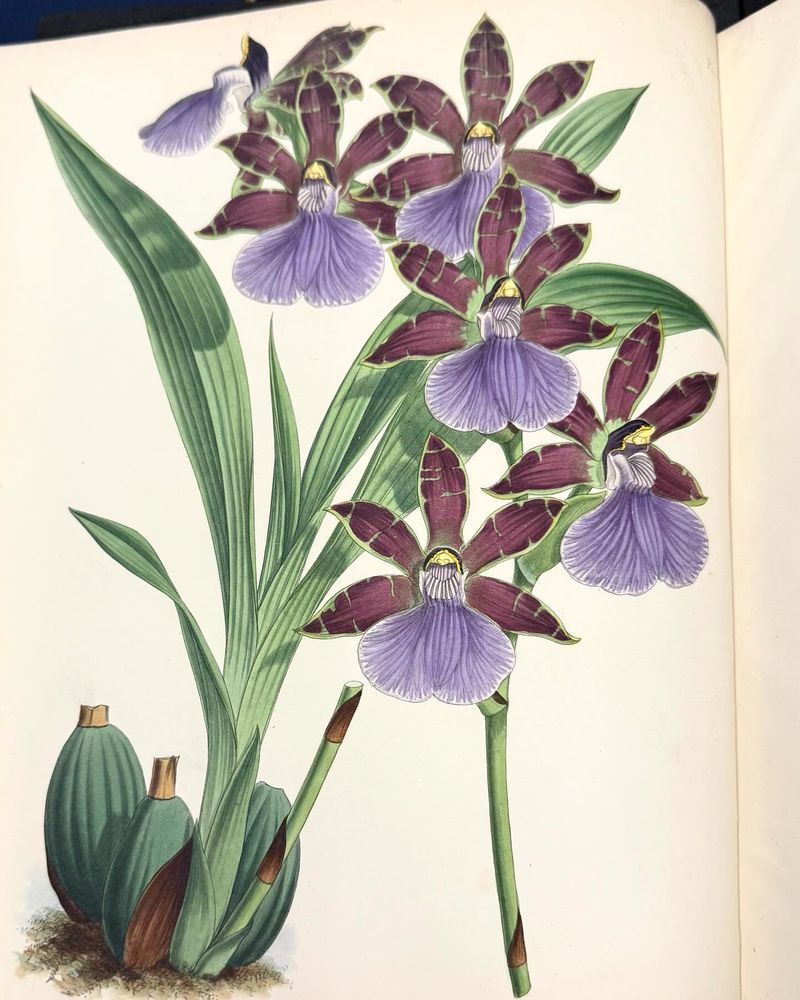Tucked away in San Marino, California, the Huntington Botanical Gardens are a lush tribute to Henry Huntington’s love for rare plants. What began as a personal passion has grown into a breathtaking 120-acre sanctuary. Each corner invites visitors to explore the beauty and diversity of the natural world.
With over 15,000 plant varieties, the gardens are thoughtfully arranged into themed landscapes—from desert blooms to serene Japanese pathways. Every space blends scientific curiosity with artistic flair. It’s a place where botany meets imagination.
Today, Huntington’s vision continues to thrive, offering inspiration and discovery to all who wander its paths. His legacy lives on in every leaf and petal. The gardens remain one of America’s most cherished horticultural treasures.
1. Desert Garden’s Century-Old Cacti Collection
Walking among the spiny sentinels of the Desert Garden feels like stepping into another world. Henry Huntington began acquiring these unusual specimens in 1907, creating what would become one of the world’s largest outdoor collections of cacti and succulents.
The garden now showcases over 2,000 species across 10 acres, with some plants dating back more than 100 years. Many rare specimens were collected during early 20th-century expeditions to Mexico and South America.
During winter months, visitors witness an extraordinary display as many of these desert dwellers burst into unexpected bloom, their flowers contrasting dramatically with their rugged forms—a seasonal transformation that continues to fulfill Huntington’s vision of showcasing nature’s diversity.
2. Japanese Garden’s Cultural Fusion
Originally commissioned in 1912, the Japanese Garden represents Huntington’s fascination with Eastern aesthetics and his dedication to cultural preservation. Master craftsmen from Japan created authentic structures including a ceremonial teahouse, moon bridge, and traditional pavilions.
The garden underwent a $6.8 million restoration completed in 2012, exactly one century after its creation. This careful renewal preserved historic elements while enhancing the garden’s ecological sustainability through modern water conservation techniques.
Seasonal transformations mark the garden’s rhythm throughout the year—spring brings flowering cherry trees, summer showcases lotus blooms in the koi-filled ponds, while fall paints Japanese maples in brilliant reds and oranges against the backdrop of meticulously pruned pines.
3. Rose Garden’s Historic Varieties
The fragrant three-acre Rose Garden houses over 1,200 varieties and 3,000 individual plants, including some of the rarest antique roses in North America. Established in 1908, it was among the first collections Huntington developed, reflecting his interest in preserving historic plant lineages.
Heirloom varieties dating back to the 18th century grow alongside modern hybrids, creating a living timeline of rose cultivation. The garden’s design follows a traditional European layout with formal beds arranged around a central fountain.
April through November brings waves of blooms, with peak flowering in mid-May. The collection serves as more than just a display—it functions as a genetic repository preserving rose varieties that might otherwise disappear from cultivation, continuing Huntington’s legacy of conservation through collection.
4. Chinese Garden’s Ming-Dynasty Inspiration
Modeled after the scholar gardens of Suzhou, the Liu Fang Yuan (Garden of Flowing Fragrance) transports visitors to 16th-century China without leaving California. Stone bridges arch gracefully over jade-green ponds where koi fish create living patterns beneath the surface.
Authentic pavilions crafted by Chinese artisans feature hand-carved wood details and traditional roof tiles imported directly from Asia. The garden’s design follows ancient principles of harmony between humans and nature.
Rare penjing (Chinese bonsai) specimens, some over 100 years old, showcase Huntington’s dedication to preserving these living artworks. Many were personally selected during his travels through Asia in the early 1900s.
5. Rare Book Library’s Botanical Illustrations
Hidden treasures await inside the Huntington Library where Henry Huntington’s passion for botanical documentation comes alive through centuries-old illustrated manuscripts. Visitors marvel at hand-colored copper engravings from the 1600s showing plants that were once considered exotic mysteries.
The crown jewel of this collection? A first-edition copy of ‘Banks’ Florilegium’ containing 738 exquisite botanical illustrations from Captain Cook’s voyages. These copper-plate engravings documented previously unknown plant species discovered in the South Pacific.
Rotating exhibitions allow the public to view these fragile works that connect art, science and exploration in ways that inspired Huntington to create his living garden collections.
6. Shakespeare Garden’s Literary Plants
Every plant in this charming garden appears somewhere in Shakespeare’s plays or sonnets, creating a living connection between literature and horticulture. Lavender, thyme and rosemary form fragrant borders around beds of flowers mentioned in famous soliloquies.
Bronze plaques nestled among the greenery display relevant quotes: “What’s in a name? That which we call a rose by any other name would smell as sweet.” The garden follows an Elizabethan design with geometric patterns and neatly trimmed hedges.
Huntington established this garden to complement his rare First Folio collection housed in the nearby library. Visitors can experience the same plants that inspired the Bard’s most memorable botanical metaphors, connecting words to their living inspirations.







